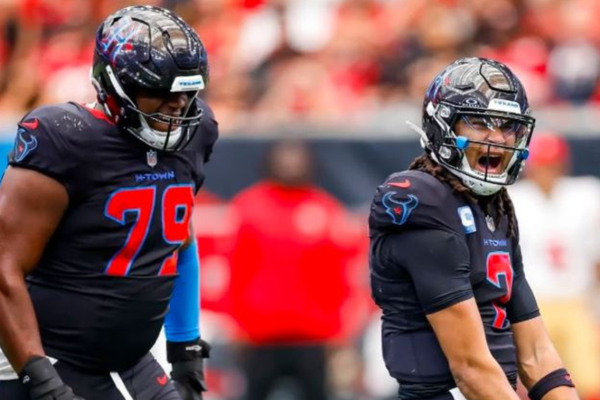
The future of the Magic Kingdom could very well be A.I.-generated.
Disney reportedly has a task force dedicated to learning about how A.I. can be incorporated across the company, according to Reuters.
While the task force was reportedly created before the recent actors’ and writers’ strikes, it nonetheless comes at a time when the use of artificial intelligence in the entertainment industry is of paramount relevance—particularly to the humans it might replace. Disney and other major Hollywood studios along with Silicon Valley streamers have expressed interest in using generative A.I. to write movie and television scripts and create a database of actors’ likenesses for use in future projects. The WGA and Screen Actors Guild, the unions that represent Hollywood’s writers and actors respectively and that have been on strike for weeks, oppose the idea.
One of the most obvious use cases of A.I. in the entertainment industry, and the one that has caused fierce backlash from professional writers, is using generative A.I. like ChatGPT or Google’s Bard to write television and movie scripts. Adding to the concern among writers is the fact that some startups are building A.I. tools tailor-made for creative writing.
Actors, in turn, are concerned that studios could use their likenesses in perpetuity, absent specific protections in a new union deal. The Alliance of Motion Picture and Television Producers, the trade organization that represents movie studios and streamers, said its contract proposal for using A.I. on the likeness of actors would apply only to the motion picture for which the actor was hired.
A recent patent filing will do little to assuage actors’ concerns. In July, Disney was granted a patent for a facial recognition system that would allow a human face to be superimposed onto a cartoon character, enabling “filmmakers to transfer a performance by a source character to a target character.” However, securing a patent doesn’t always mean a company will pursue an idea, much less make it a central part of its strategy moving forward.
On a conference call in May, Disney CEO Bob Iger referred to A.I. as a disruptive technology that would ultimately represent “interesting opportunities” and “substantial benefits.” He admitted, however, it would be uncharted legal territory in terms of intellectual property and copyright law, something that has Disney’s lawyers working “overtime.”
Iger also acknowledged A.I.’s ability to “create efficiencies” across the company, something that could be of particular interest to a massive corporation like Disney, which operates everything from local channels to theme parks to cruise lines. In fact, Disney’s R&D arm, Disney Research, cites machine learning and artificial intelligence as among the three core fields in which it is conducting research, according to its website. In many industries, A.I. is already being used to automate or at least helping humans with certain mundane business functions such as HR, finance, and marketing.
Disney did not respond to a request for comment.
A.I. isn’t the only new technology Disney has applied to the entertainment industry. The company has a history of technological innovation. For example, the company holds over 4,000 active patents, in addition to another roughly 2,000 that have expired, according to patent research firm GreyB. One of the first, filed by Walt Disney himself in 1936, was for a table specifically designed to make animating cartoons easier.
While scriptwriting and computer-generated actors are among the most high-profile potential A.I. use cases for Disney, the company also owns visual effects and technology subsidiaries to which the new technology could be applied. A possible candidate for the sort of A.I. “efficiencies” Iger cites could be a tool used by Disney’s special effects studio Industrial Light and Magic—founded by Star Wars creator George Lucas—that lets artists search the studio’s database of thousands of previously created images using natural language.
Among ILM’s most recent work was de-aging Harrison Ford, 81, for the most recent Indiana Jones movie, which had a budget around $300 million. The process reportedly required 100 special effects artists. Ironically, one of ILM’s biggest hits was Steven Speilberg’s 2001 movie Artificial Intelligence.
On the same May conference call, Iger joked that perhaps A.I. would take over his earnings-call duties. “You wouldn’t know the difference perhaps,” Iger said.







